Stunning Purple Heart Companion Plants That Will
Stunning Purple Heart Companion Plants That Will Enhance Your Garden
Purple heart (Tradescantia pallida) is a beautiful perennial plant with long, trailing stems and dark purple leaves. It is easy to grow and care for, making it a popular choice for gardens and containers. Purple heart can be used to add color and interest to any landscape, but it can also be enhanced by planting it with companion plants.
The right companion plants can help to:
- Highlight the purple color of purple heart. Companion plants with lighter or brighter purple foliage, such as Mexican petunia (Ruellia brittoniana) or fan flower (Scaevola aemula), can help to make the purple heart stand out.
- Create a contrast of colors. Companion plants with contrasting colors, such as yellow, orange, or white, can add visual interest to a planting with purple heart.
- Attract pollinators. Many companion plants, such as begonias, marigolds, and petunias, attract pollinators such as butterflies and bees. These pollinators are important for the health of your garden, as they help to pollinate flowers and plants.
- Help to suppress weeds. Some companion plants, such as creeping Jenny (Lysimachia nummularia), can help to suppress weeds by crowding them out.
When choosing companion plants for purple heart, it is important to consider the following factors:
- Sunlight requirements. Purple heart needs full sun to partial shade. Make sure to choose companion plants that have similar sunlight requirements.
- Soil type. Purple heart prefers moist, well-drained soil. Choose companion plants that have similar soil requirements.
- Hardiness zone. Purple heart is hardy in USDA zones 7-10. Make sure to choose companion plants that are also hardy in your climate zone.
Here are some of the best companion plants for purple heart:
- Mexican petunia (Ruellia brittoniana). This plant has bright purple flowers and dark green foliage. It is a fast grower and can tolerate full sun to partial shade.
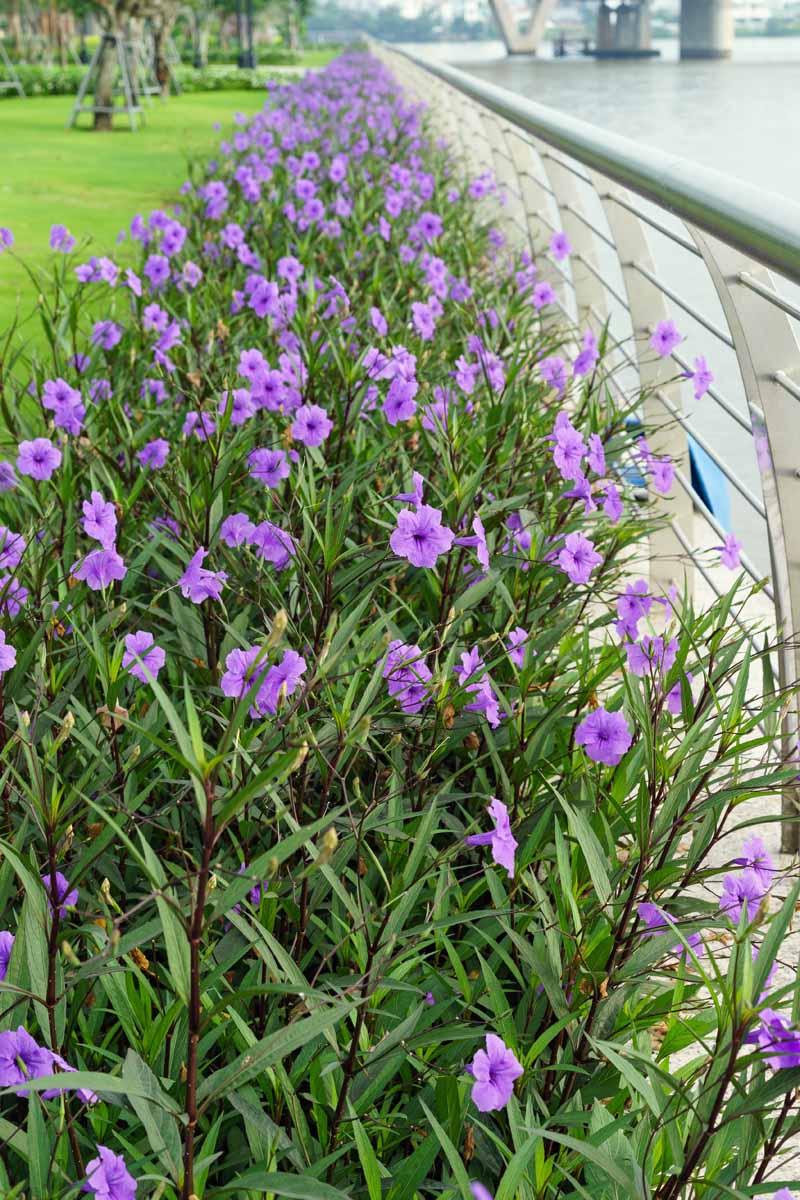
- Fan flower (Scaevola aemula). This plant has blue, purple, or white flowers and light green foliage. It is a heat-tolerant plant that can tolerate full sun.
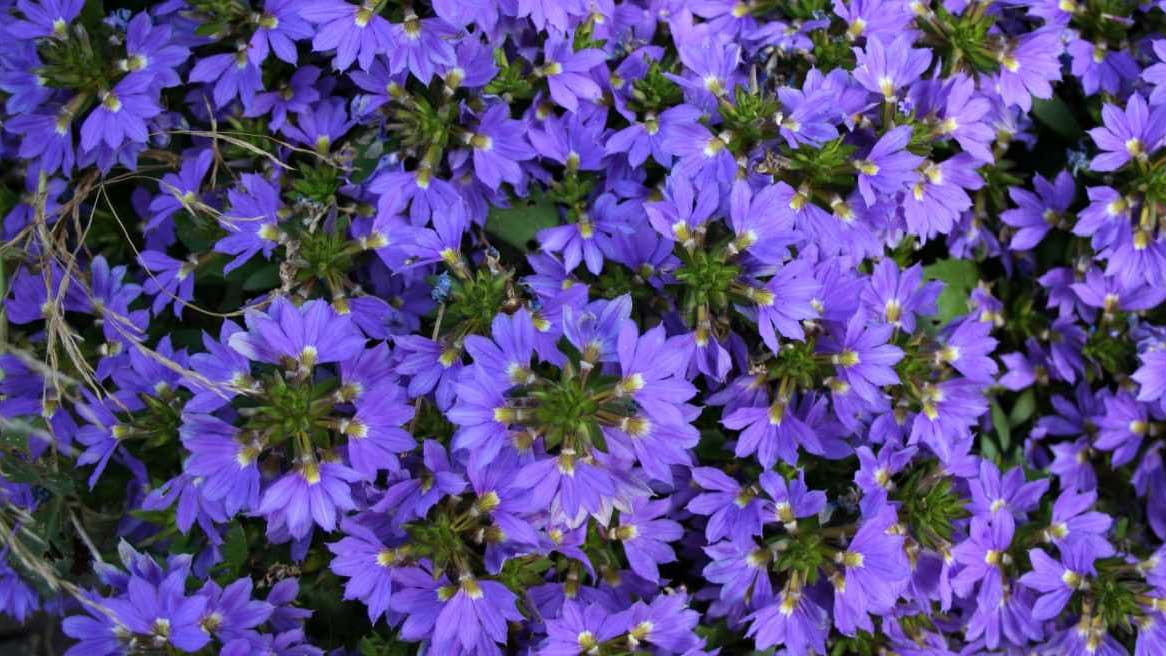
- Trailing lantana (Lantana montevidensis). This plant has bright yellow, orange, red, or purple flowers and dark green foliage. It is a fast grower and can tolerate full sun to partial shade.
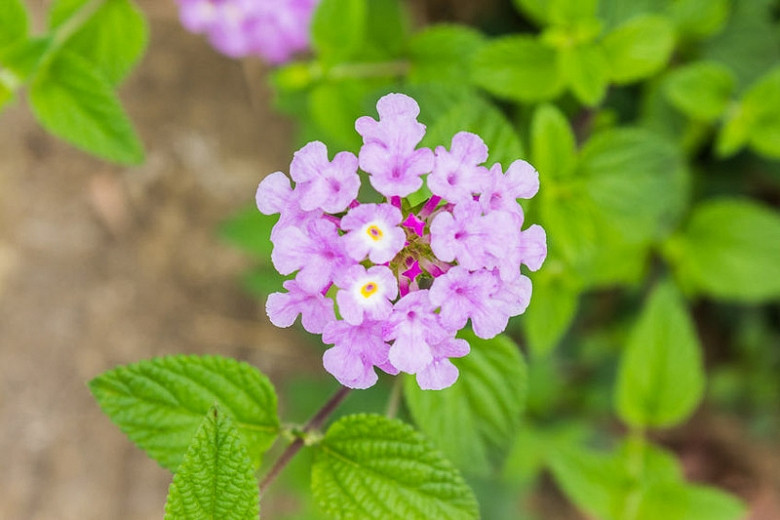
- Persian shield (Strobilanthes dyerianus). This plant has dark purple leaves and white flowers. It is a shade-tolerant plant that can tolerate full sun to partial shade.
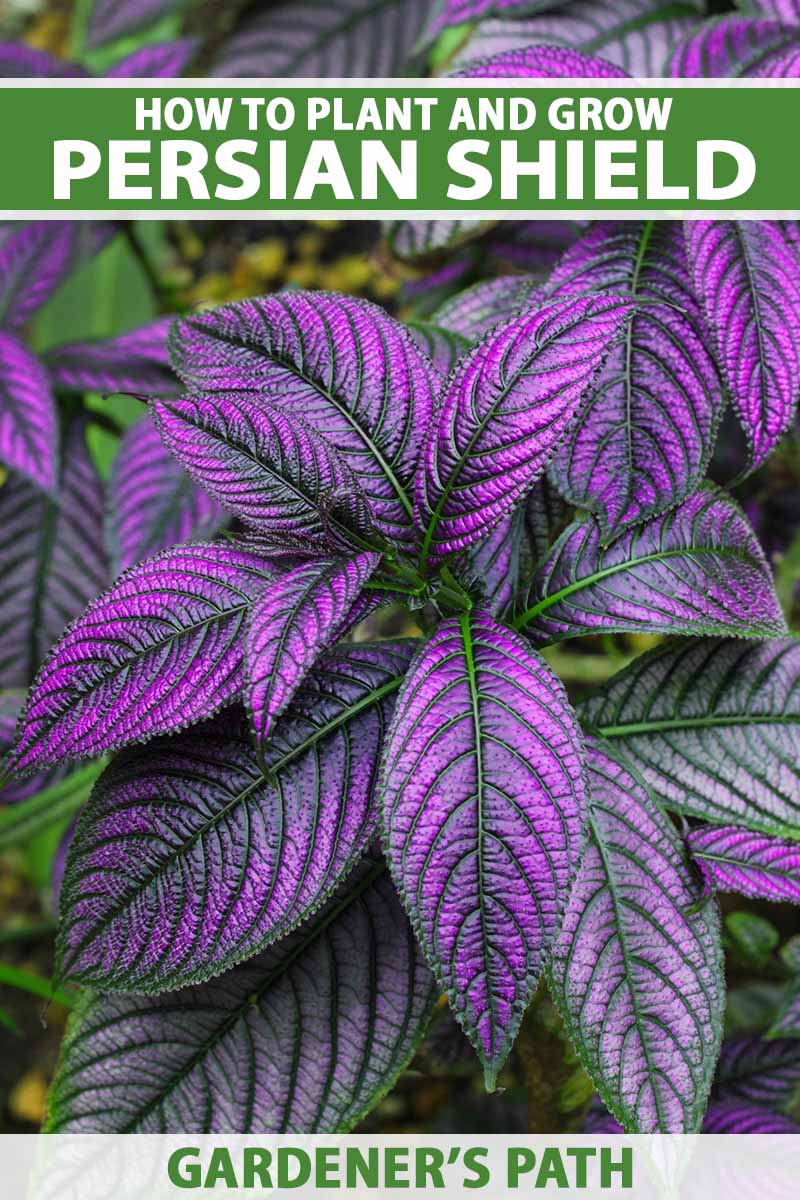
- Coleus (Coleus blumei). This plant has brightly colored leaves in shades of red, orange, yellow, green, and purple. It is a fast grower and can tolerate full sun to partial shade.

- Begonia (Begonia semperflorens). This plant has bright flowers in shades of red, orange, yellow, white, and pink. It is a shade-tolerant plant that can tolerate full sun to partial shade.

- Marigold (Tagetes patula). This plant has bright orange, yellow, or bicolor flowers. It is a heat-tolerant plant that can tolerate full sun.
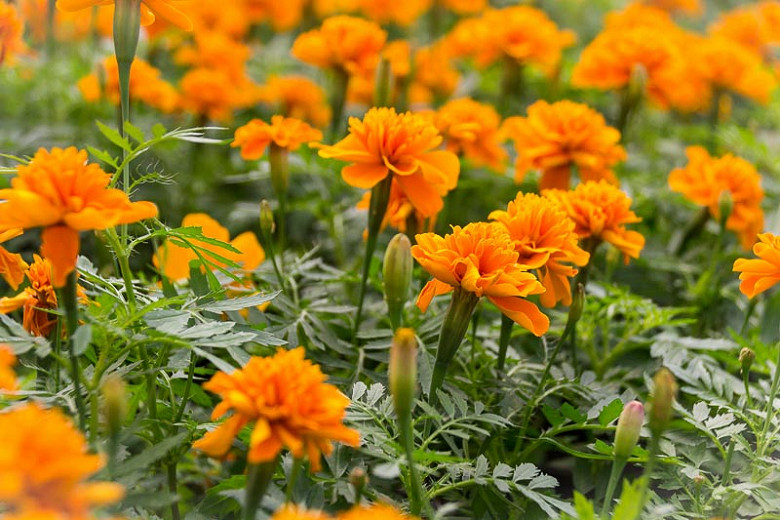
- Petunia (Petunia x hybrida). This plant has brightly colored flowers in shades of red, orange, yellow, white, and purple. It is a fast grower and can tolerate full sun to partial shade.

These are just a few of the many companion plants that can be grown with purple heart. By choosing the right companion plants, you can create a beautiful and vibrant garden that will attract pollinators and add visual interest for years to come.
Purple heart plants are beautiful and versatile, but they can look even better when planted with complementary companion plants. Some good options include:
- Golden creeping Jenny: This plant has bright yellow leaves that contrast nicely with the purple leaves of purple heart. Garden Wiki
- Asparagus fern: The ferny foliage of asparagus fern adds a touch of lightness and airiness to a planting with purple heart.
- Coleus: Coleus comes in a wide variety of colors, so you can choose one that complements the purple of your purple heart plants.
- Verbena: Verbena blooms in shades of pink, purple, and white, which all look great with purple heart.
- Marigolds: Marigolds have bright orange flowers that add a touch of warmth and brightness to a planting with purple heart.
If you're looking for more inspiration for purple heart companion plants, be sure to visit Garden Wiki. This website has a comprehensive list of plants that can be grown alongside purple heart, as well as tips on how to create beautiful and harmonious plantings.
Image of purple heart companion plants
5 different images of purple heart companion plants from Pinterest:
- Coleus is a colorful plant that can add a pop of brightness to any garden. It grows well in full sun and prefers moist, well-drained soil. Purple heart and coleus can be planted together in a container or in the ground.
- Dusty miller is a silver-leaved plant that adds contrast to the purple leaves of purple heart. It grows well in full sun and prefers well-drained soil. Purple heart and dusty miller can be planted together in a container or in the ground.
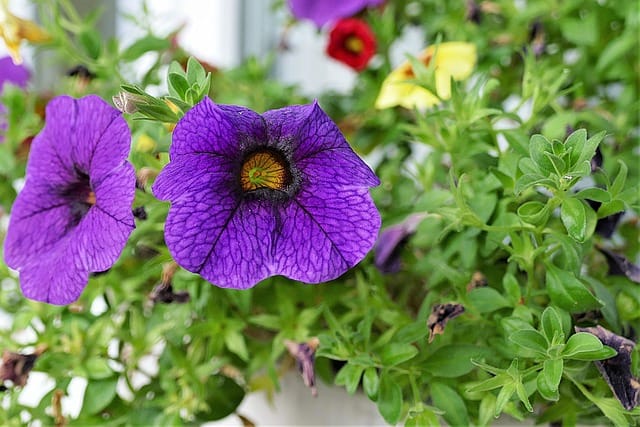
- Creeping Jenny is a low-growing plant that can trail over the edges of a container or pot. It grows well in full sun to partial shade and prefers moist soil. Purple heart and creeping Jenny can be planted together in a container or in the ground.
- Aglaonema is a tropical plant that comes in a variety of colors, including green, pink, and white. It grows well in bright indirect light and prefers moist, well-drained soil. Purple heart and aglaonema can be planted together in a container or in the ground.
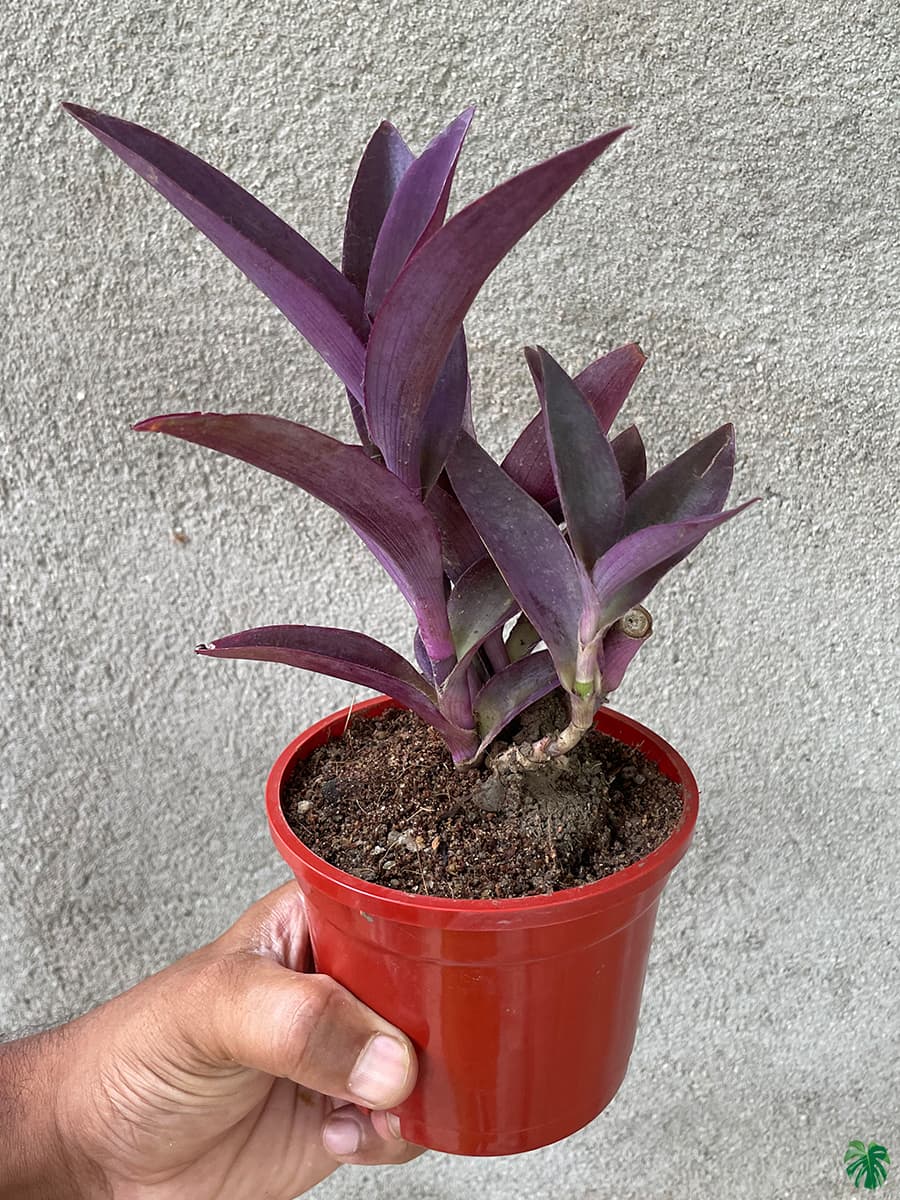
- Pothos is a vining plant that can be trained to climb a trellis or stake. It grows well in bright indirect light and prefers moist, well-drained soil. Purple heart and pothos can be planted together in a container or in the ground.
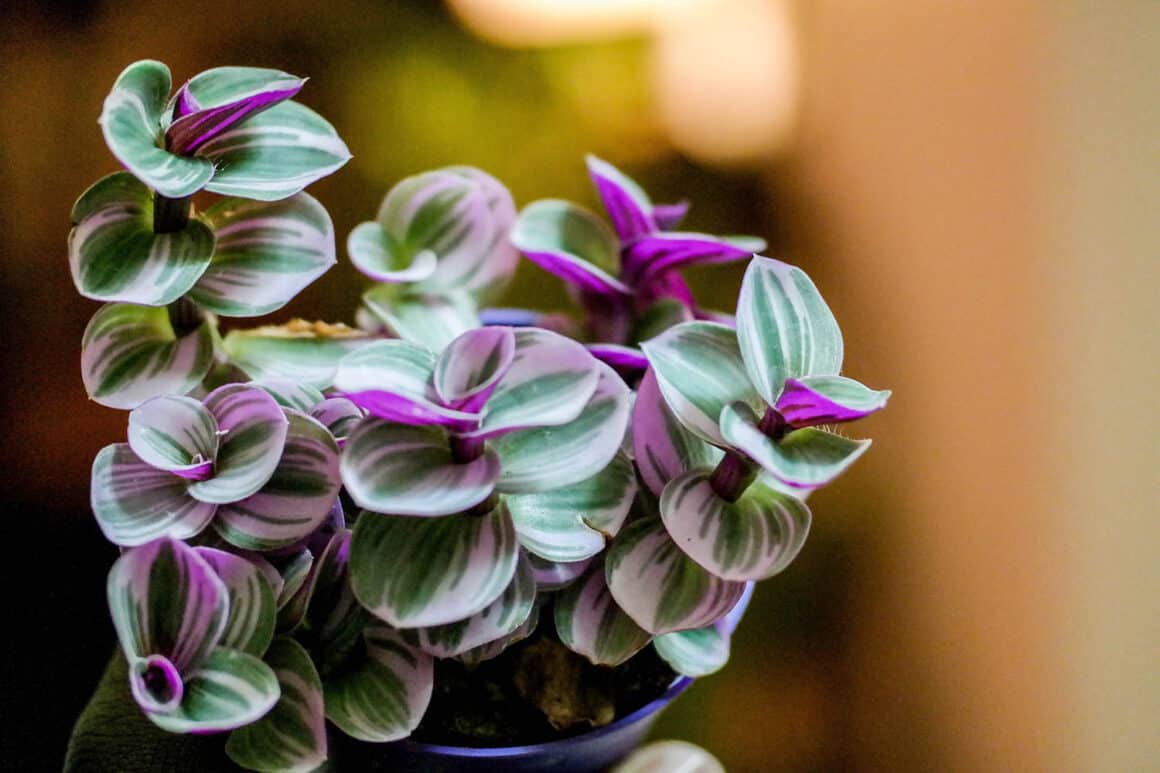

Post a Comment for " Stunning Purple Heart Companion Plants That Will"